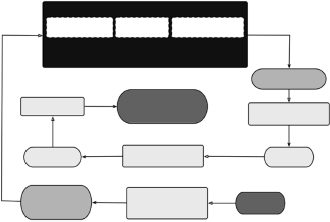CHAPTER 8
CONCEPTUAL DESIGN: EVALUATING DESIGN ALTERNATIVES AND CHOOSING A DESIGN
Which design should I choose? Which design is “best”?

NOW WE will finish our work on conceptual design by evaluating design concepts to see which ones are worth pursuing. Because choices among alternative designs invariably involve subjective judgments, perhaps the most important lesson to be learned here is that we must always take care not to mistake things to which we somehow assign numbers for those things we can truly measure.
8.1 APPLYING METRICS TO OBJECTIVES: SELECTING THE PREFERRED DESIGN
With several feasible designs in hand, we now turn to choosing a “best” or preferred design—and choose we must because rarely are the resources (e.g., time, money, and personnel) available to fully develop more than one design scheme, never mind all of our alternatives. Whether we found our alternatives using a morph chart or a less structured approach, we have to “pick a winner” from among the identified options for further elaboration, testing, and evaluation. And how do we pick that winner? What makes the most sense is to choose the design (or designs) that best meet the client's objectives. Recall that we introduced metrics as a way to measure the achievement of objectives. Now we put those metrics to use to assess how close we've come to meeting each of the client's objectives, and combine our insights ...
Get Engineering Design: A Project-Based Introduction, Fourth Edition now with the O’Reilly learning platform.
O’Reilly members experience books, live events, courses curated by job role, and more from O’Reilly and nearly 200 top publishers.

